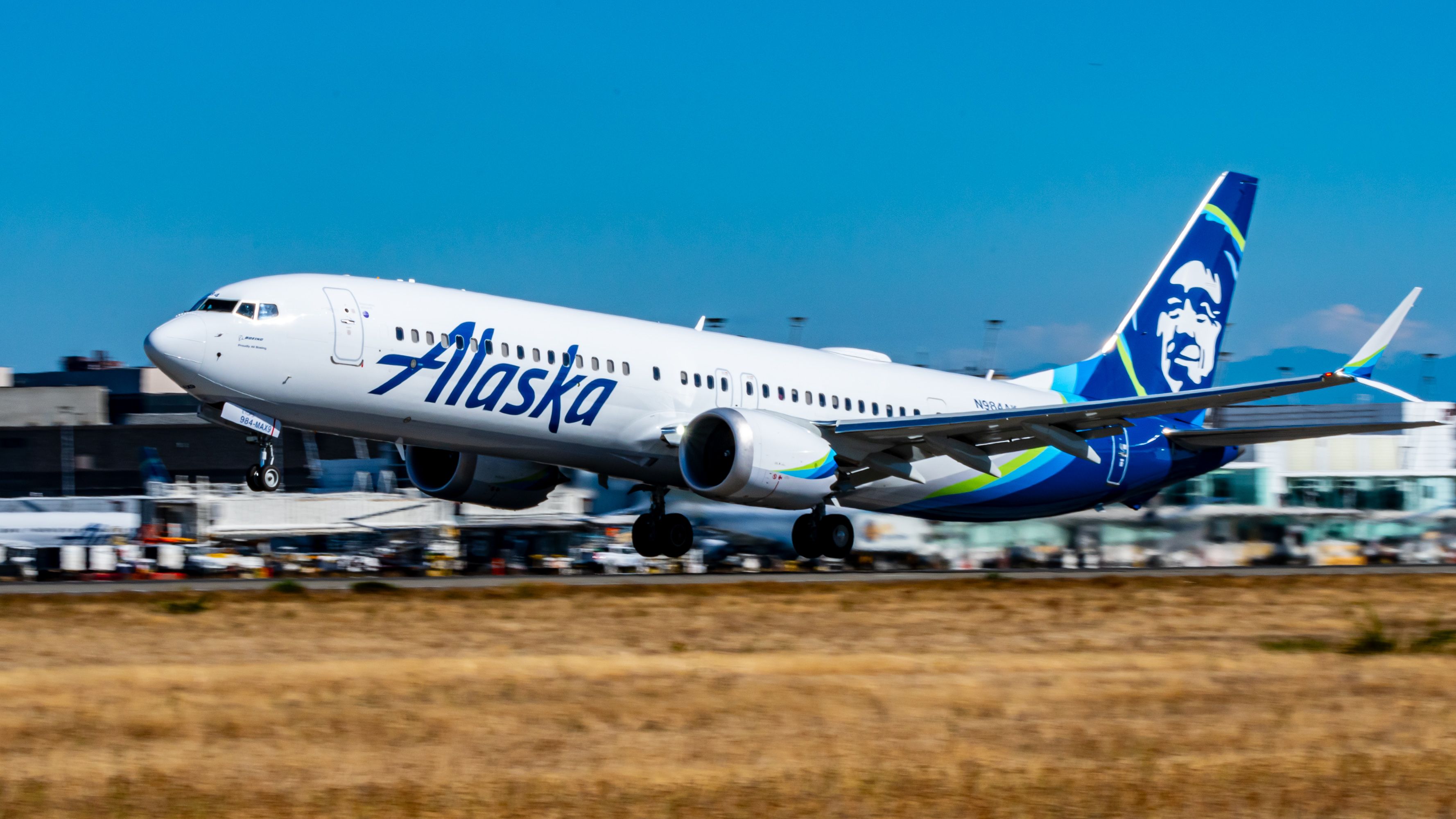Summary
- Alaska Airlines introduced Mobile Verify, a biometric program that allows passengers with US or Canadian passports to skip airport queues through passport verification.
- Passengers can control their digital identity on their smart devices, eliminating the need to wait at the gate or for a customer service agent to check their passports.
- To enroll in Mobile Verify, passengers must download the Airside Digital Identity app, take a selfie, scan their passport photo page, and hold the device against the passport's back cover to read the security chip.
Enhancing the passenger experience seems to be the ongoing trend for airlines these days, with more carriers embracing the use of advanced technological programs to help passengers save time. Alaska Airlines is the latest to hop on this bandwagon with a new biometric strategy to allow passengers to skip more airport queues through passport verification.
What is Mobile Verify?
The oneworld alliance member has been gradually transforming the airport experience for passengers, completely reimagining how they get from the lobby to the aircraft boarding door - and the deployment of biometric identities is at the heart of this digital vision. For Alaska Airlines, the end game is for passengers to flow through all airport checkpoints simply by controlling their digital identity on their smart devices.
Beginning today, every Alaska Airlines passenger flying internationally and using US or Canadian passport can use the airline’s new biometric strategic program, Mobile Verify. With this new program – powered by Airside & Onfido, passengers can easily have their passports verified by the airline, allowing them to skip the need to wait around in the lobby.
Mobile Verify further eliminates the need for passengers to wait at the gate and for a customer service agent to check their passports and travel documents since they can now be quickly taken care of safely and securely in the comfort of their homes. Plenty of time is undoubtedly saved, as highlighted by Charu Jain, Senior Vice President of Innovation and Merchandising:
“We're investing in technology that takes processes traditionally only available at an airport and makes them possible from your smartphone. This new Mobile Verify technology creates a seamless airport experience for guests traveling internationally – eliminating the uncertainty that comes with having to wait in airport lines."
Get the latest aviation news straight to your inbox: Sign up for our newsletters today!
How does Mobile Verify work?
While this new digital introduction sounds enticing for passengers, one might be curious about how it works and might be delighted to learn that it is pretty straightforward. Passengers must first create a digital identity by downloading the Airside Digital Identity mobile application on iOS or Android. Once downloaded, an unobstructed selfie of the passenger is required, alongside a scan of the passport photo page.
All that’s left is holding the used device against the inside of the passport’s back cover to allow the application to read the embedded security chip. Once all the relevant information is verified through the scanned passport photo page and the chip reading, the passenger’s digital identification is thus created and will be securely stored on the used device.
Before each international Alaska Airlines trip, the airline’s mobile application will prompt passengers to open their AirAsia application, where they must select their departure date and location. A confirmation code will also need to be entered, giving a one-time consent for the Alaska Airlines mobile application to use their digital identity for verification.
This need for consent ultimately gives passengers control over when and where their digital identities can be shared. Once authenticated, the airline is notified, and passengers no longer need to see a customer service agent. This simple process only needs to be repeated for each trip to make it seamless and allow passengers to arrive at the airport ready to fly.
We'd love to see you on Instagram - follow us here!
Bottom line
Although digitizing the airport process for passengers brings numerous benefits to all parties, from the passengers to the airport and airline personnel, in terms of convenience and sustainability, it can be pretty scary for everything to be situated within one's smart devices. While a security breach is one fear, perhaps the worst is when passengers lose these devices.
Nonetheless, digitalization for airport processes is undoubtedly required in the modern day as more people take to the skies expecting to arrive at their destination punctually. Airports can only handle that much capacity, and airlines want to be on time to minimize operational disruptions and reduce passenger complaints.
Would you give Mobile Verify a try? Let us know in the comments below.



